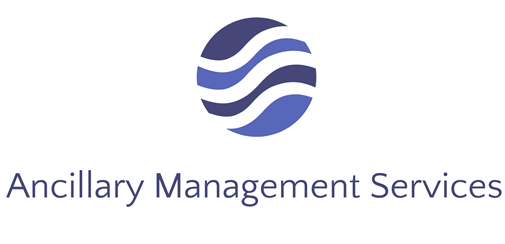The healthcare landscape is evolving rapidly, with technological advancements and changing patient expectations reshaping the way medical practices operate. In this dynamic environment, it’s crucial for physicians to adapt and explore innovative ways to enhance patient care while improving the efficiency of their clinics. One such innovation gaining traction is in-office dispensing. This practice involves physicians dispensing medications directly to patients from their clinics. There are so many compelling reasons why in-office dispensing is poised to become the future of healthcare and why physicians should consider implementing it in their clinics. Learn about five of these reasons below.
Enhanced Medication Access and Adherence
Access to medications is a fundamental aspect of healthcare, and in-office dispensing addresses this issue directly. Patients often face barriers to obtaining their prescribed medications, such as long pharmacy wait times or limited access to pharmacies, particularly in rural areas. With in-office dispensing, patients can leave their appointments with the necessary medications in hand. This convenience not only improves access, but also significantly boosts medication adherence. Patients are more likely to take their medications as prescribed when they receive them directly from their healthcare provider, leading to better treatment outcomes.
Reduction in Medication Errors
Medication errors are a significant concern in healthcare, often leading to adverse events and patient harm. In-office dispensing minimizes the risk of medication errors by putting physicians in control of the medication distribution process. Healthcare providers can verify the accuracy of medications, dosages, and potential interactions before dispensing them to patients. This level of oversight enhances patient safety and reduces the likelihood of adverse drug events, ultimately improving the quality of care provided by the clinic.
Streamlined Workflow and Increased Efficiency
Traditional pharmacy services can cause delays and administrative burdens for both patients and healthcare providers. In contrast, in-office dispensing streamlines the prescription process, saving valuable time for both parties. Physicians can immediately initiate treatment by providing medications during the appointment, eliminating the need for patients to visit a pharmacy separately. This not only improves patient satisfaction, but also optimizes the clinic’s workflow, allowing physicians to see more patients and focus on delivering high-quality care.
Additional Revenue Stream
Running a medical practice involves various expenses, and in-office dispensing can serve as an additional revenue stream for clinics. By dispensing medications directly, physicians can capture the revenue that would otherwise go to third-party pharmacies. This extra income can offset the cost of implementing and maintaining an in-office dispensing program. It also provides opportunities for clinics to invest in advanced medical equipment, staff training, and other resources to enhance patient care.
Personalized Patient Education and Counseling
Effective patient education is essential for ensuring that patients understand their conditions, treatment plans, and medications. In-office dispensing creates an ideal setting for physicians to provide personalized education and counseling to patients. Healthcare providers can take the time to explain the purpose of each medication, the potential side effects, and the importance of medication adherence. This one-on-one interaction fosters a deeper patient-physician relationship and empowers patients to take an active role in their healthcare decisions.
Incorporating In-Office Dispensing into Your Clinic
Physicians can incorporate this practice into their clinics effectively by following the correct steps. The most important part of this process is to hire a good health services company that is experienced in setting up physician dispensing programs. The right company will walk physicians and their staff through the steps below:
Invest in the Right Technology—To implement in-office dispensing, you’ll need the right technology, including pharmacy management software. This software can help you manage medication inventory, track dispensing history, and provide alerts for potential drug interactions or allergies.
Staff Training—Ensure that your staff is well-trained in medication dispensing procedures, including accurate labeling, dosage calculations, and patient education. Proper training is essential for maintaining patient safety.
Create a Medication Formulary—Develop a list of commonly prescribed medications that you’ll stock in your clinic. Customize this formulary to suit your patient population and treatment specialties.
Advertise the Service—Let your patients know about your in-office dispensing program. Highlight the convenience and benefits they’ll experience by receiving their medications during their clinic visits.
Monitor and Evaluate—Continuously monitor the performance of your in-office dispensing program. Collect feedback from patients and staff to identify areas for improvement and ensure that the program aligns with your clinic’s goals.
Dispensing Medications from Medical Clinics
In-office dispensing represents a significant advancement in healthcare delivery, addressing key challenges while offering numerous benefits for both patients and medical practices. It enhances medication access, reduces errors, streamlines workflows, generates additional revenue, and fosters personalized patient education and counseling.
By embracing in-office dispensing, physicians can position their clinics at the forefront of modern healthcare, providing improved patient care and strengthening patient-provider relationships. As the healthcare landscape continues to evolve, in-office dispensing provides a clear path toward a more efficient and patient-centered healthcare future.

